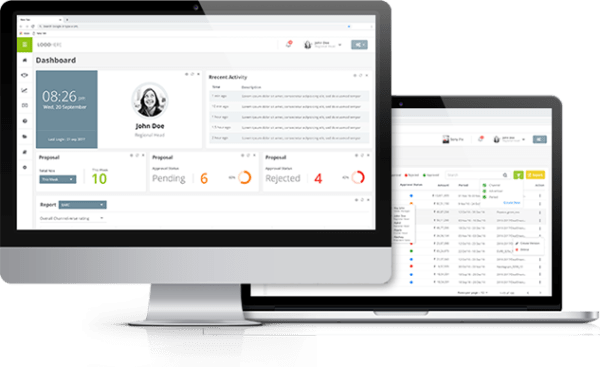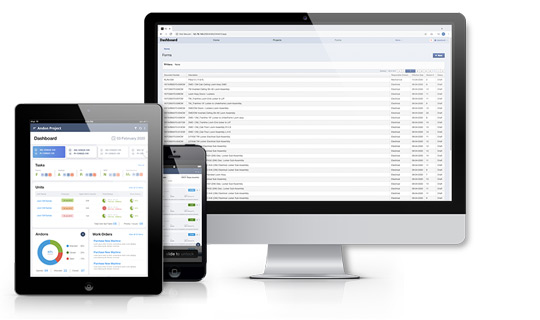Imagine a farm where varieties of birds are freely grown in a closed area. Every bird likes different kind of fruits and grains. How will you feed each of the species daily without fail?
The master designer of the farm has equipped the feeding system in such a way, that the feeder tube of each species are colour coded. One end of the tube is at the farm attendant’s side and other end into the bird’s container or cage area.
This method reduces the time for feeding and thereby no species will be left unfed. The attendant just needs to makes sure that, the food content (ex: corns for sparrows and berries for the robins) in the cage is met periodically back and forth.
The load on the food server is defragmented only based on the food feeder tube’s colour. On the other hand, if a single tube is used for all the types of birds, the assortment, de-assortment tasks will be tedious and monotonous, without any added value, other than just wasting time in fetching.
So is the case with database servers, where frequent content requirement are fetched based on the user’s requirement, be it indexing, orders or user data-population. The role of container microservices helps in identifying client requests in a very decentralised manner and returns the response with efficiency and speed. This is facilitated using microservices with the help of API gateways.
In other words, microservices is an architecture where a single application is broken down to smaller applications as opposed to monolithic architecture where the single application bares all the functionalities. As in the bird cage’s anecdote the food server need not worry about what to serve and to whom. This will be managed by the microservice with colour coded feeder tubes.
Migratory Advantages
This allows (birds) or the software programs to be reliably run when moved from one computing environment to another. Regardless of whether an application is being run in the cloud or on a laptop, for example, the container mitigates any differences that exist between distributions in the operating systems.
Microservices are an approach to developing applications as a collection of smaller services. This is accomplished via lightweight APIs in a single interface.
Best Technologies To Build Microservices Architecture
As we know that, microservices are gaining popularity in the market as businesses work towards building complex and larger applications that can be segregated and handled as a compilation of smaller services.
There have been an increasing number of people looking to redesign their traditional monolithic systems into a sequence of single independent microservices.
It is natural that technology officers will have the question as to choose which language to be used while developing microservices for a project?
Second to none, Microsoft .NET is the most voted language among developers and project managers which supports microservices.
The .NET microservices architecture allows a compilation of technologies between each service where you can use .Net for a certain part of your app without implementing it everywhere. You can mix the .Net microservices with applications written in Java, Node JS, or any other languages.
This allows a seamless and progressive migration to .Net core technology for new microservices that function in combination with other microservices and with services built with other technologies. Similarly, the .NET microservices can run on all leading cloud platforms.
As the wise says ‘the wood is the same; the tools changed’. It is the logical and pragmatic approach which is required to make every project efficient and scalable.
The pool of technologies in the market enables us to deliver with efficiency, speed and at the same time, simplicity in architecture. This is where .NET microservices plays a vital role in quick-launch, cost-effective, constant-scaling and seamless migration of application when and where required.
We at Zinemind, with a diverse exposure to various platforms and architectures can help you in analysing your business’s current challenges and how microservices can help you save time and money in development and deployment in any platform of your choice. Write to us at: info@zinemind.com or visit www.zinemind.com













